| << Chapter < Page | Chapter >> Page > |
21.1.2
21.2.3
21.2.6
21.2.7
a) right-angled or rectangular prism
b) cuboid
a)
b)
21.2 NETS:
21.2.1 For this activity please bring a cardboard box of any size to school. Cut it open (be careful!) so that you can unfold it flat on your table or desk. Now count how many edges, vertexes and faces it has.
21.2.2 Did you know?
When we cut a cube or any other form open and lay it flat (see sketch) we call the spread-out cube/figure the net of the cube/figure. The dotted lines indicate the folds.


21.2.3 Look carefully at the following net of a cube. Can you draw one or two more nets that will differ from this one?

21.2.4 Now trace the net of the cube above neatly and accurately. Now fold your own cube. Use sticky tape to join the edges together
Complete: A cube has._________ faces, _________ vertexes and _________ edges.
21.2.5 Now modify your cube into a di. Compare this with an actual di if you don’t know where to make the dots!
What is the total number of dots on the opposite faces of a di? __________________
21.2.6 Can you complete the following nets? Loosen the edges of your dice and fold it flat to help you.
a)

b)

c)

d)

e)

21.2.7 Bring any empty cereal box from home to school. Cut it open along the edges and lay it flat. Now answer these questions:
a) What do we call this box you have brought along?
_____________________________________________________________________
b) Can you give a synonym for your answer at (a) ?
_____________________________________________________________________
c) Now draw the net of the cereal box that you have cut open.
d) Can you also draw the net of a rectangular prism in another way?
21.2.8 CLASS DISCUSSION
Which of the following nets, do you think, a manufacturer would rather use? Motivate!
A

B

_____________________________________________________________________
_____________________________________________________________________
_____________________________________________________________________
_____________________________________________________________________
21.2.9 BRAINTEASER!
Two parts of the nets of the following figures are missing. Can you draw them in?
a)


b)
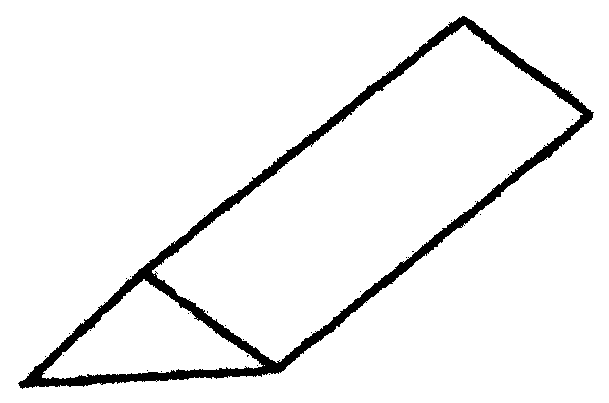

22. Time for self-assessment
| |||
| I can explain the difference between 2 and 3 dimensional objects. |
 |
 |
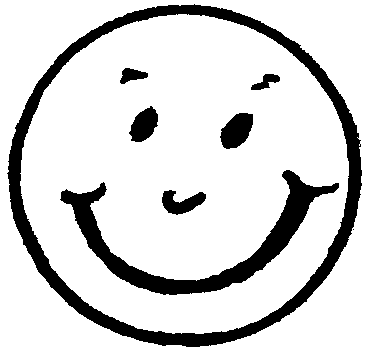 |
| I can explain the following concepts: | |||
|
 |
 |
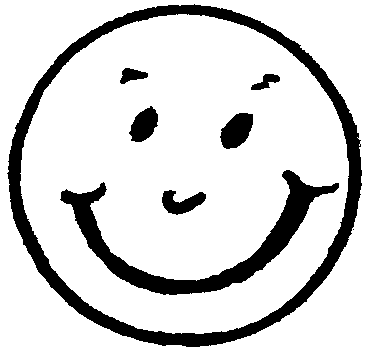 |
|
 |
 |
 |
|
 |
 |
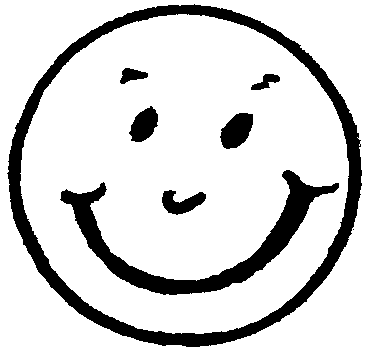 |
|
 |
 |
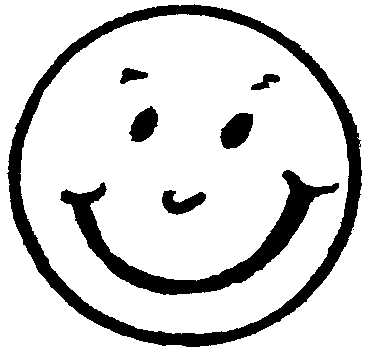 |
|
 |
 |
 |
|
 |
 |
 |
| I can identify and name different 3 dimensional forms. |
 |
 |
 |
| I can calculate the number of sides of a 3 dimensional figure. |
 |
 |
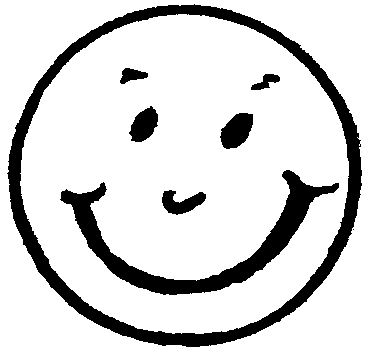 |
| I can calculate the number of vertices of a 3 dimensional figure. |
 |
 |
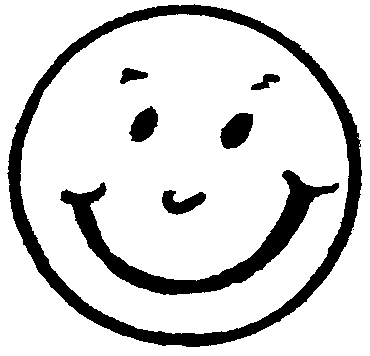 |
| I can calculate the number of sides of a 3 dimensional figure. |
 |
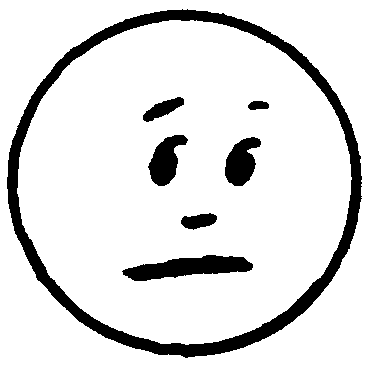 |
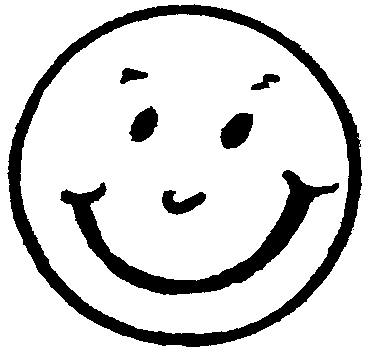 |
| I can draw a cube from different angles. |
 |
 |
 |
| I was able to complete the di layouts successfully. |
 |
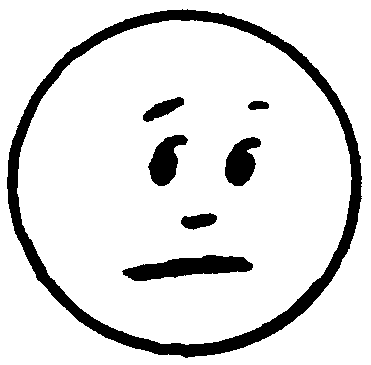 |
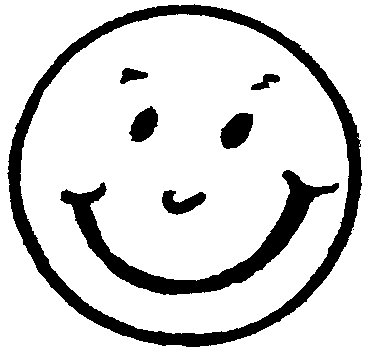 |
| I can draw more than 1 layout of a rectangular prism. |
 |
 |
 |
Learning Outcome 3: The learner will be able to describe and represent characteristics and relationships between two-dimensional shapes and three-dimensional objects in a variety of orientations and positions.
Assessment Standard 3.4: We know this when the learner designs and uses nets to make models of geometric solids studied up to and including this grade;
Assessment Standard 3.7: We know this when the learner draws and interprets sketches of solids from different perspectives.

Notification Switch
Would you like to follow the 'Mathematics grade 7' conversation and receive update notifications?